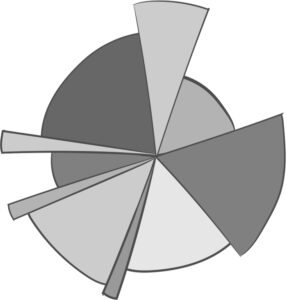Anticipation, fear, and excitement. These are healthy sensations that emerge as we create bookmarks in life by experiencing new things.
It’s easy to forgot for those who often look forward, but we are blessed by many renewing moments throughout life. The start of a new day, first dates, holidays, weddings, vacations, the arrival of a child, birthdays, the first day of school, a new job, the launch of your own company, and perhaps when you fully accept that we may only have one life to live.
This reflection on fresh beginnings and how we’re invited to create bookmarks in life spawned as I embark on my expanded role with Techstars. As a tech founder and entrepreneurial ecosystem builder, Techstars is an iconic organization I’ve always admired. They support entrepreneurs with education, resources, and mentoring that is exponentially compounded by a global network. What started as exploratory ecosystem building, quickly transcended into a more involved role with the Techstars Iowa Accelerator.
I’m grateful for this opportunity to be the entrepreneur in residence focused on ecosystem development. As you hear me often say, the energy of accelerating others is unmatched. Supporting more inspired founders while connecting a community of remarkable mentors is such a gift and yet another bookmark I’ll always appreciate.
Extra Shot
Visualizing your career portfolio as a dynamic pie chart is something I write about in YDNTB. Along with this healthy exercise to reflect on your own personal bandwidth, having this graphic on your phone adds a quick reference for introductory conversations as well. Here’s a peek at my current career portfolio.
As you marinate on your own state of now, be thankful for the bookmarks in life that you’ve established by exploring something new. Think about what you started and how’s it’s evolved. Remember everything can change so if it’s time to create a new bookmark in life, avoid the natural temptation to wait.
Extra Shot
Someday is dangerous. Today is all you have. Start.
